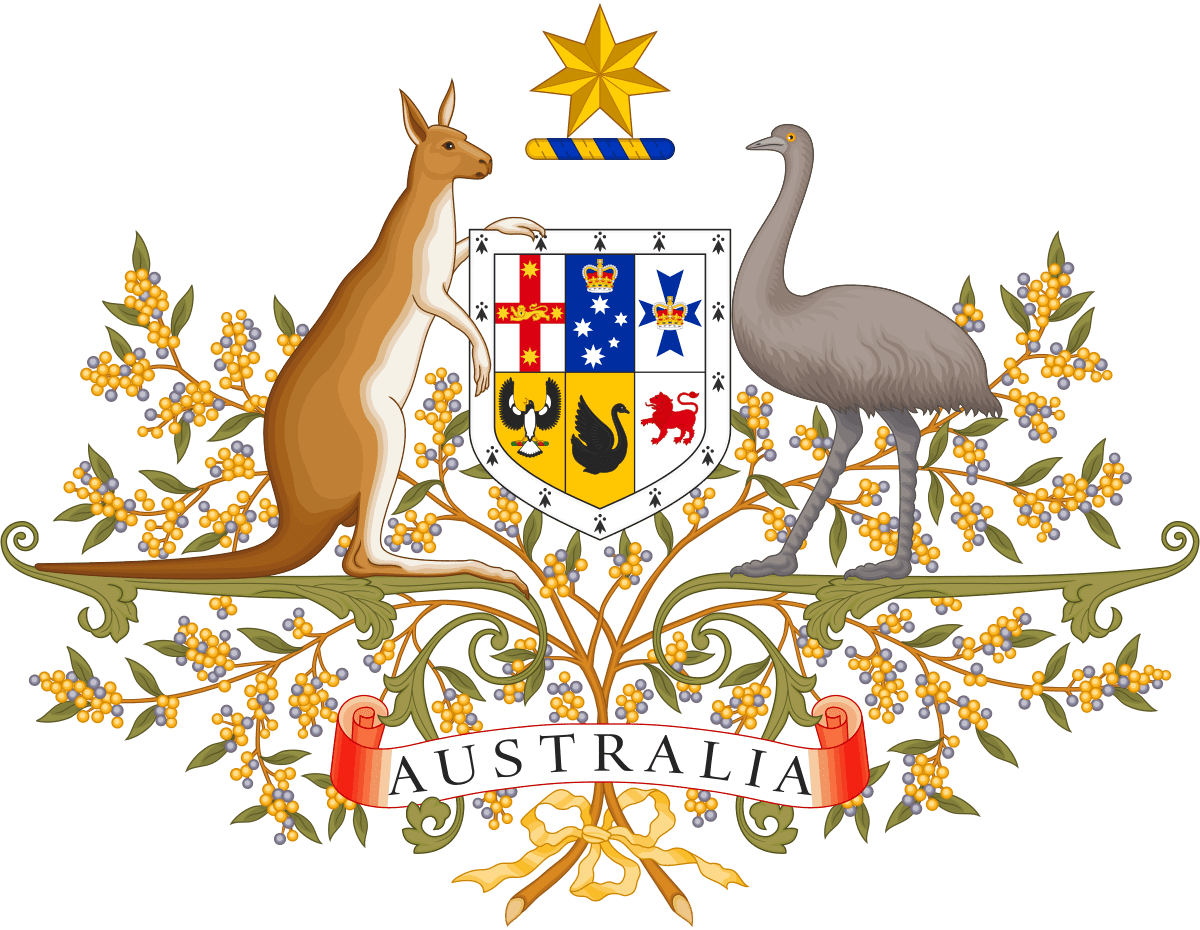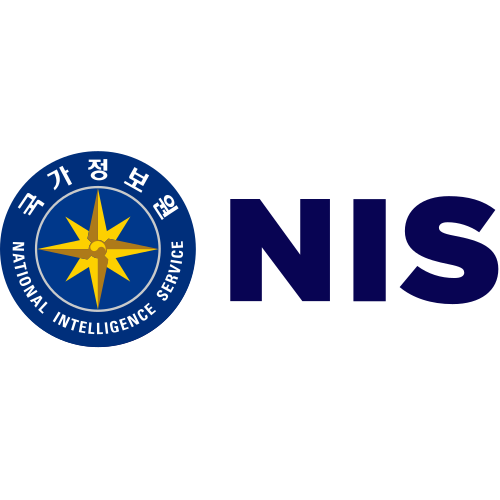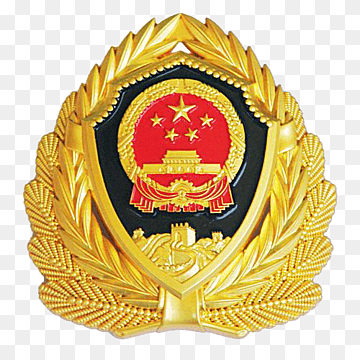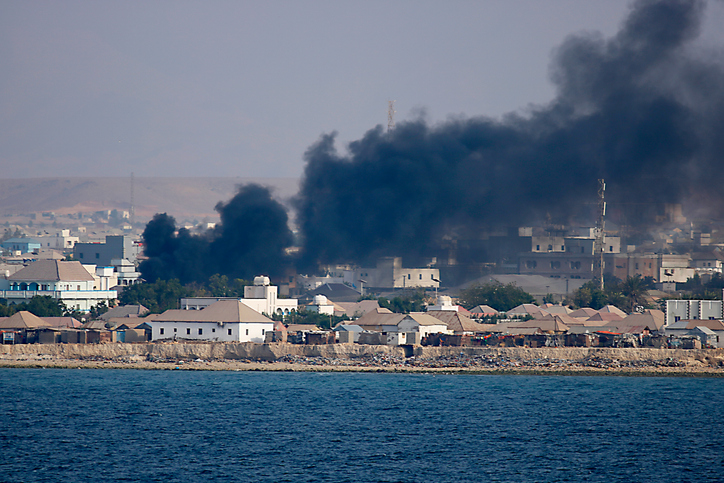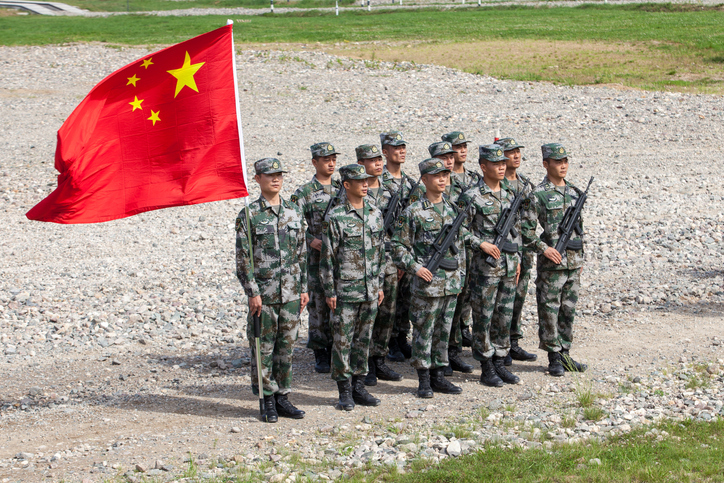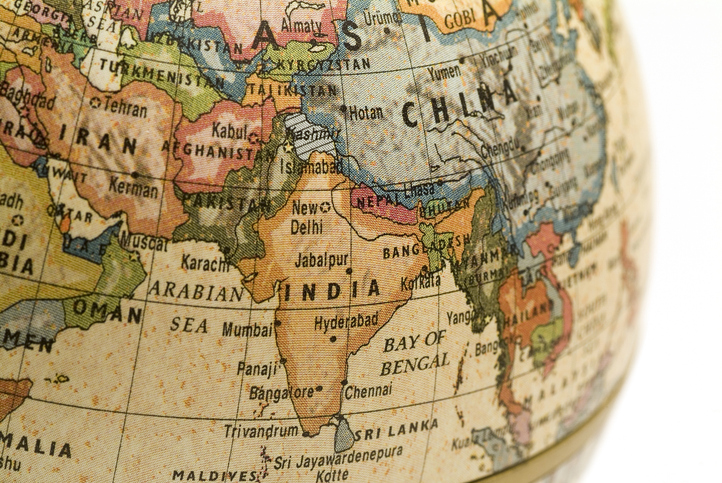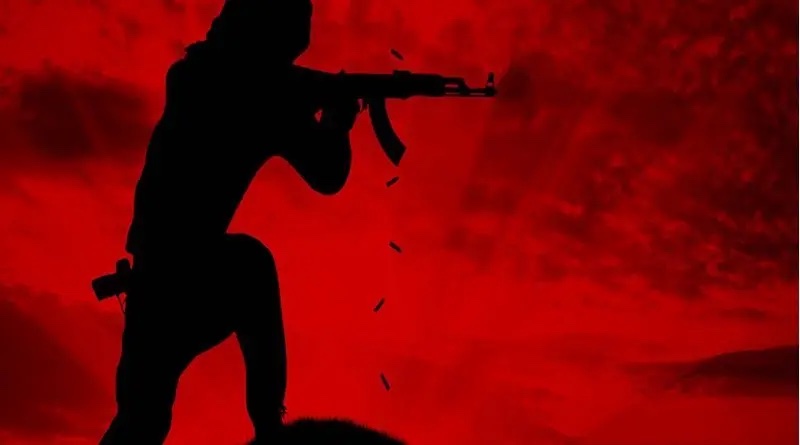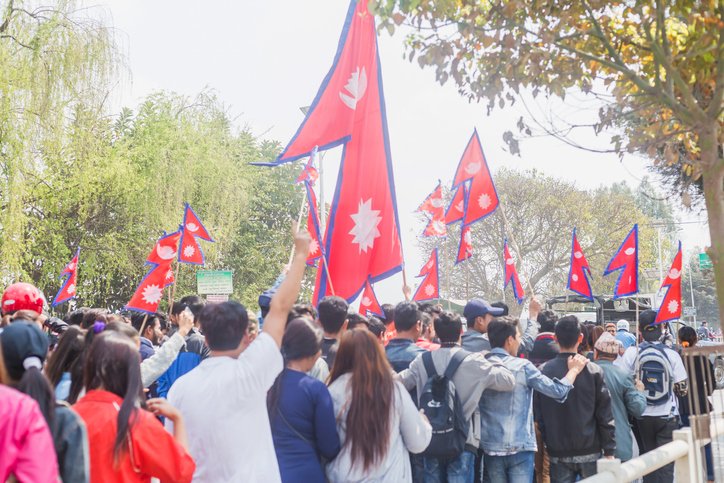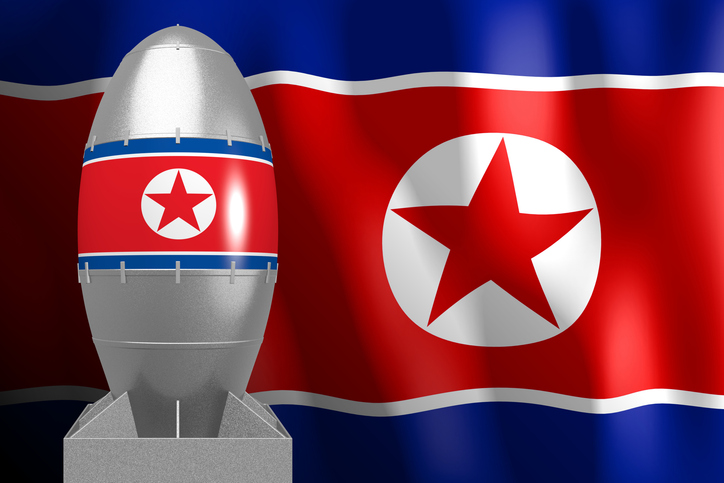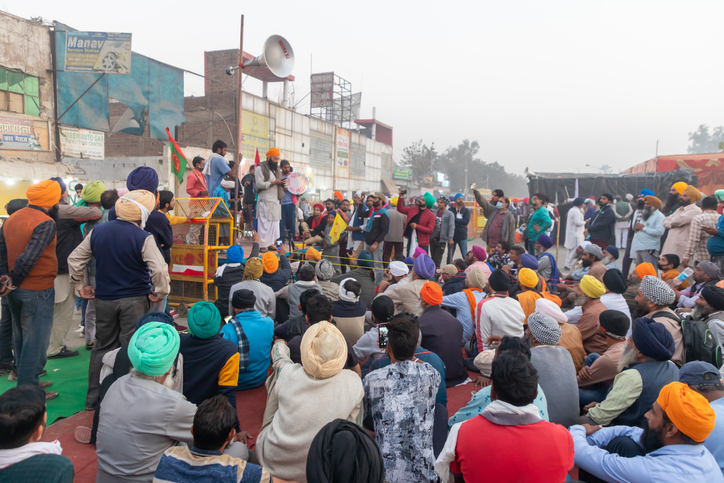
Posted On : Dec 18 2020
Tupac Amaru Revolutionary Movement (MRTA) : A Peruvian Guerrilla Movement
The Tupac Amaru Revolutionary Movement (Movimiento Revolucionario Túpac Amaru or MRTA) was a leftist guerrilla organization that operated in Peru during the late 20th century.
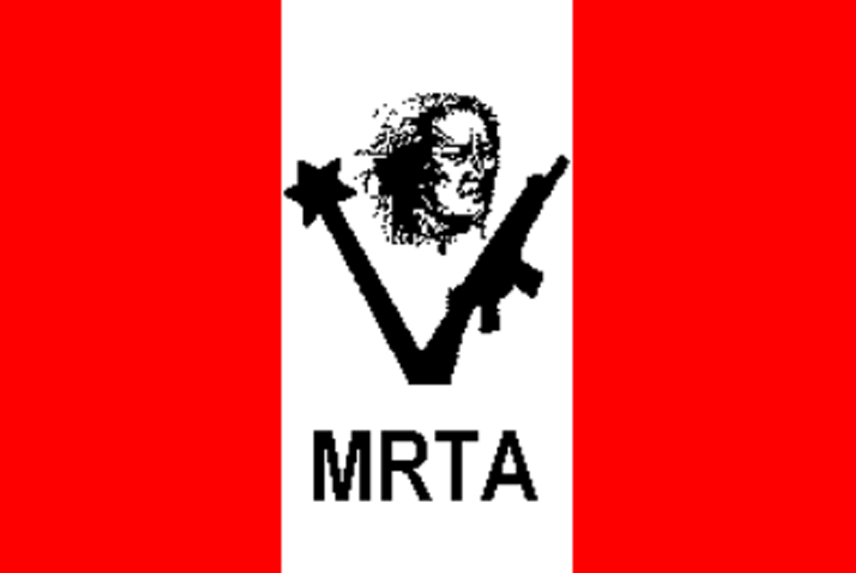
Founded in 1984, the group was named after the indigenous Inca leader Tupac Amaru II, who led an 18th-century rebellion against Spanish colonial rule. This article provides an overview of the MRTA's origins, ideology, actions, and ultimate decline.
The MRTA was formed as a response to the perceived social and economic injustices in Peru, particularly in rural areas. The group's ideology was rooted in Marxism-Leninism and focused on addressing poverty, inequality, and land reform. The MRTA aimed to establish a socialist state in Peru and viewed armed struggle as the means to achieve this goal.
The MRTA engaged in a series of guerrilla activities, including bombings, assassinations, kidnappings, and armed robberies. One of its most high-profile actions was the takeover of the Japanese ambassador's residence in Lima in 1996, where hundreds of people were held hostage for 126 days. The siege ended in a military raid, resulting in the deaths of all MRTA militants involved.
The group's activities and tactics led to a strong response from the Peruvian government. The MRTA faced internal divisions, losses in leadership, and declining public support. By the late 1990s, the MRTA had significantly weakened, and its leadership realized the need to seek a peaceful resolution to the conflict.
In 1997, the MRTA initiated talks with the Peruvian government, leading to a ceasefire agreement and the eventual demobilization of its remaining members. This marked the official end of the MRTA's armed struggle, although a small faction remained active for some time.
The MRTA's legacy is one of violence, political extremism, and social disruption. The group's actions during its years of operation caused significant harm to civilians, undermined public confidence in the government's ability to maintain security, and contributed to Peru's overall political instability during that period.
The MRTA also serves as a reminder of the complexities of addressing social and economic issues through armed struggle. While the group had legitimate concerns about inequality and poverty, its violent tactics ultimately did more harm than good and resulted in its own downfall.
The Tupac Amaru Revolutionary Movement (MRTA) was a leftist guerrilla organization in Peru that operated during the late 20th century. Founded with the goal of addressing social and economic injustices, the MRTA engaged in armed struggle but ultimately faced decline and demobilization. Its legacy is one of violence and disruption, highlighting the challenges and consequences of using violence as a means to address political and social issues. The story of the MRTA serves as a cautionary tale about the complexities and limitations of armed insurgency in achieving social change.
No Comments Added





